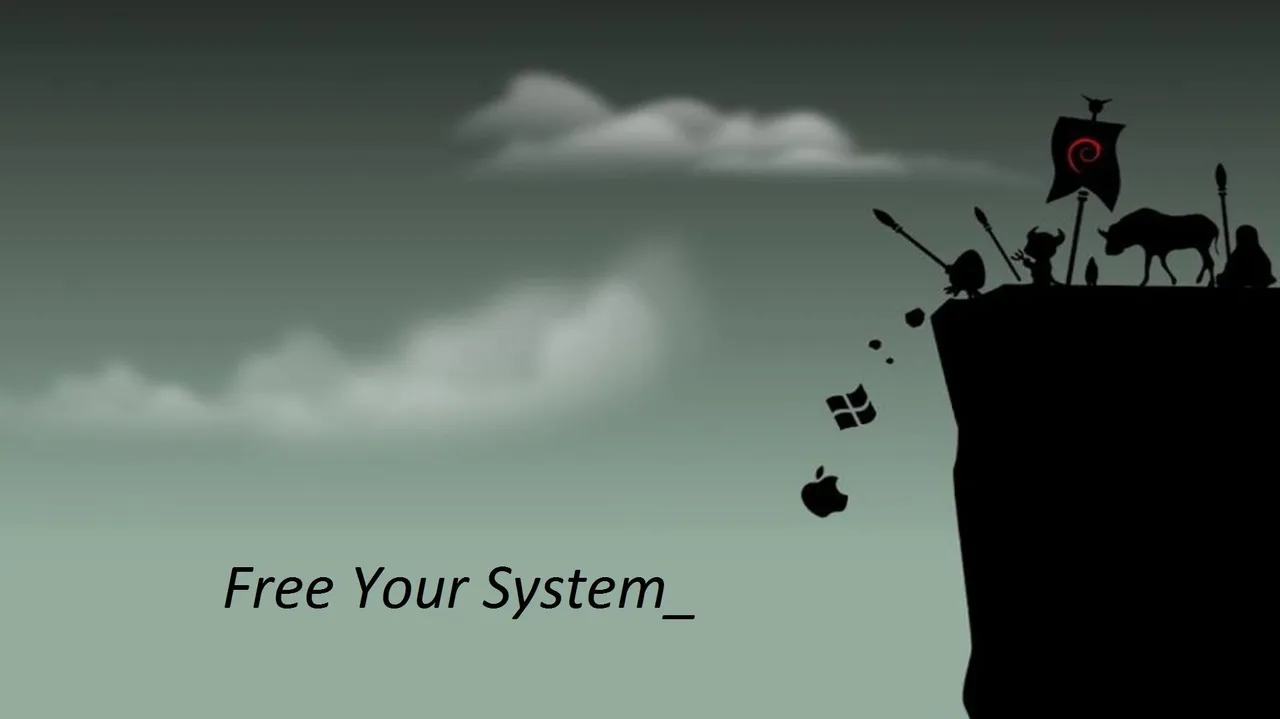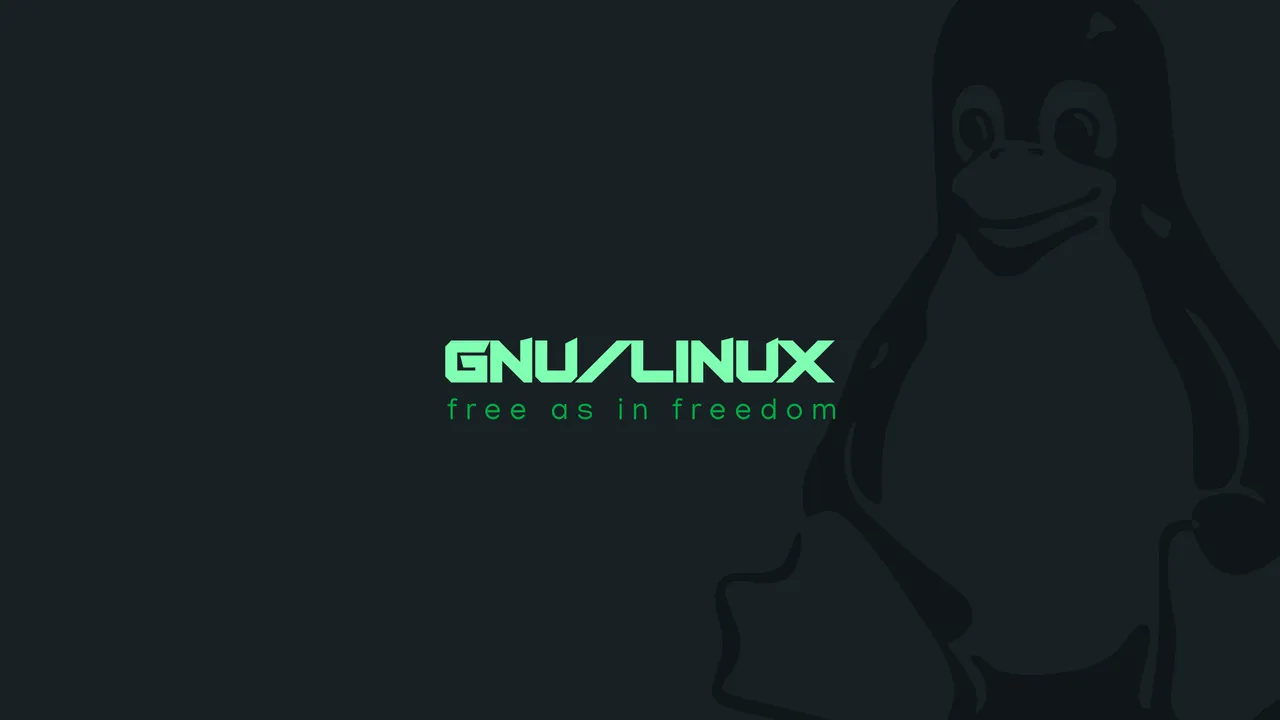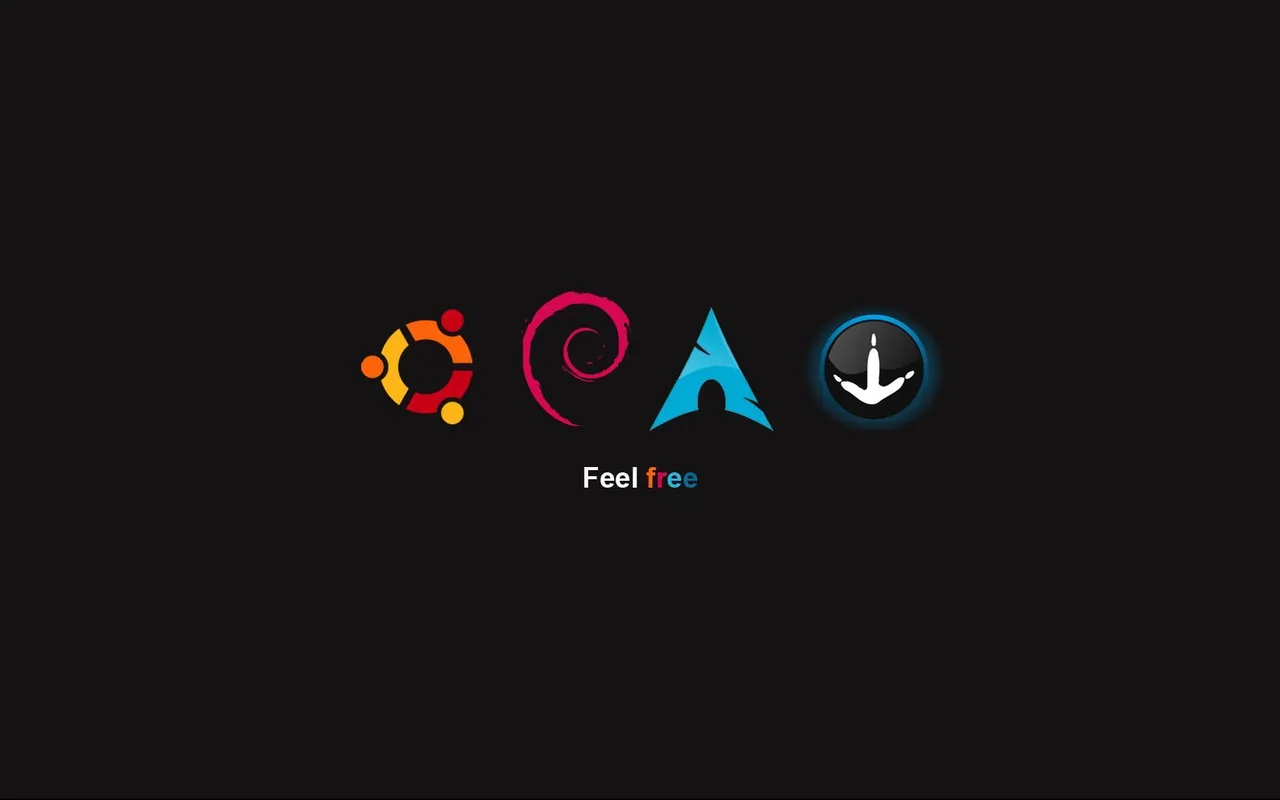

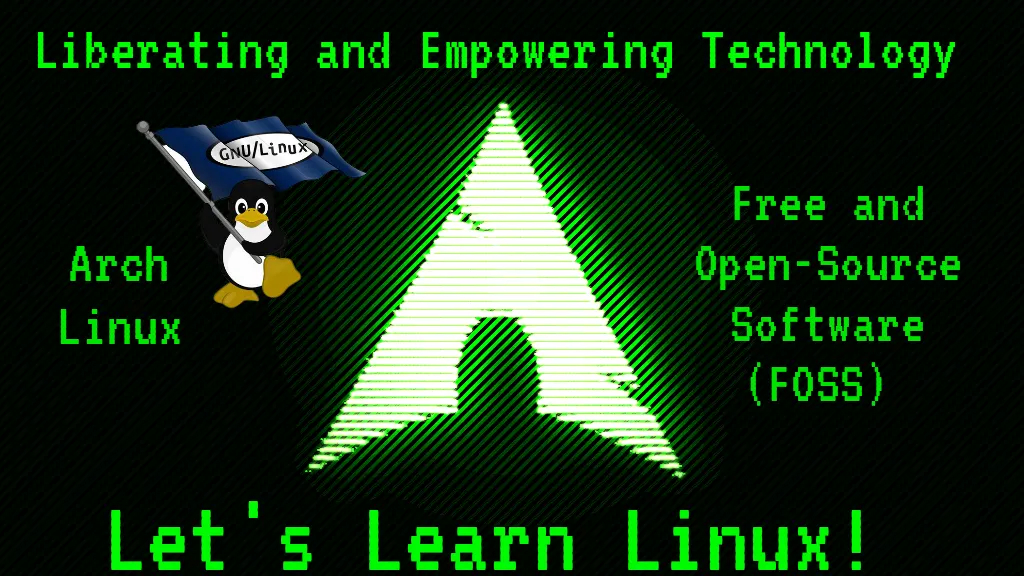

Warm greetings fellow Linux-and-FOSS lovers! 😁🙏💚✨🤙
Welcome to another installment of Let's Learn Linux! Before I get into this week's topic, I want to share the good news that I received my new laptop on March 29th, so four days ago, and I have to say that I love this machine! It's gorgeous and well made, with great components.

It's a ASUS TUF F15 Gaming Laptop, with a 10th Generation i5 CPU (this is the only component that I would have preferred were better), 32GB of DDR RAM, an integrated FHD Intel Graphic card and a dedicated Nvidia GeForce GTX 1650 GPU, a 15.6" 144Hz screen, a RBG backlit keyboard, and it came with a 1TB 7200 RPM hard drive (which I took out to use for backups) and a 1 TB NVMe SSD (which had Windows on it, which I wiped - this will be used to transfer files between my three Arch installations). Getting my Arch Linux hard drives to work with its UEFI firmware was quick and easy, as it should be! This is a truly magnificent machine that I look forward to using for years to come!

My new glorious laptop!
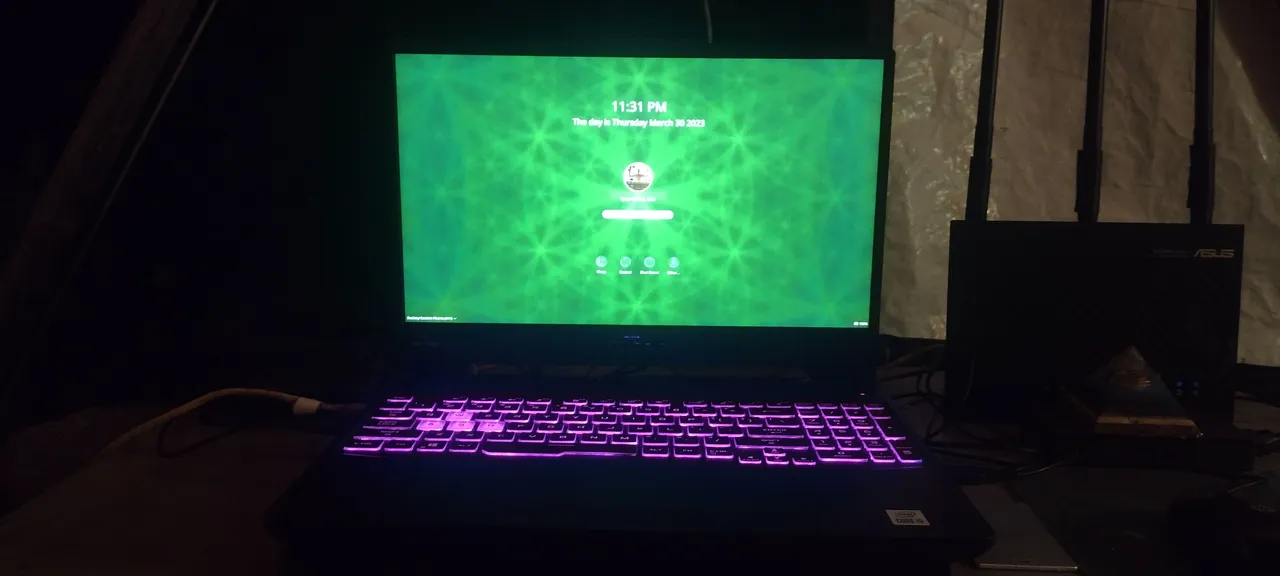

Now on to this week's topic: the freedom of Linux! So what exactly does the word free in Free and Open-Source Software (FOSS) mean? Well, the most obvious thing is Linux in its many hundreds of distributions is free to use and modify as we see fit! With Linux there is no nonsense of having to pay for an operating system or its license. It is provided free for all to use in any way they want! That is diametrically opposite from how Microsoft and Apple handle Windows and Mac OS, where people are made to pay for their OS.


Even Linux distributions such as Ubuntu, which are developed by a company, in this case Canonical, provide their iteration of Linux for free. Some companies which have their own distribution, such as Red Hat, offer their distribution for free, but tech support is paid.

Some think that free means lesser quality. In my 12 years of of using Linux (Ubuntu for my first six years, and Arch for the past five and a half years) this is not at all the case. I've actually found far fewer headaches doing what I want in Linux than in either Windows or MacOS!

The second meaning of free is the licensing that is used in Linux. Richard Stallman of the Free Software Foundation wrote all three versions of the most used open-source 'copyleft' licenses, General Public License (GPL) V1, V2, and V3. Any or all of these licenses can be used, to suit different needs. While there are notable differences between them, the most important common element is that they require adherence to the four freedoms, the right to run, study, share, and modify the software.


What makes them copyleft is the stipulation that any derivative work be distributed under the same or equivalent licensing, assuring that the software remains open-source for all. There are other, often more popular, permissive licenses, such as BSD, MIT, and Apache, which place no restriction on how software is distributed, allowing even closed-source privatization.


After decades of this perspective, philosophy, and licensing on software freedom, we have hundreds of diverse distributions of Linux, and thousands of amazing and high-quality software projects, that are for anyone to use, share, study, and modify. From this you may get a glimmer of why the free-and-open-source-software community is a large and passionate one, with a great many very talented coders.

Once people get a taste for Linux and FOSS, there is usually no going back to expensive, proprietary, closed-sources software! It does happen, of course, but it is not common! In this discussion of free-and-open-source software, I should mention that I do use a few proprietary applications. Also to be able to use the full capabilities of my laptop's Nvidia GPU, I need closed-source, proprietary drivers and kernel modules. I'm pragmatic on the issue. I'll use FOSS if I am able to do what I need, and occasionally I'll use proprietary stuff in particular situations.

OK, that brings me to the end of this installment of Let's Learn Linux! i hope that you found it interesting, engaging, and perhaps even inspiring! Until next week! 😁 🙏 💚 ✨ 🤙

Thank you all so much who have helped me get to where I am today, and allowing me to share more of the beauty and magic from my life and my world with you, and for your continuous appreciation and support! I am truly deeply grateful! 😁🙏💚✨🤙

If you'd like to find me on other alternative platforms where I have accounts (I spend most of my time here on Hive), click on this signature image below to go to my LinkTree page.
If you'd like to send me a BTC Lighting Tip (made possible by the fantastic work of brianoflondon on @v4vapp), just scan the QR image below. 👇

Sources
Signature image created by @doze, and the dividers made by @thepeakstudio, with all tweaked to their present form by me.
Banner image created by me using Polish, with the Arch Linux logo converted into ASCII art, and Tux the Linux Peguin created by Larry Ewing.

